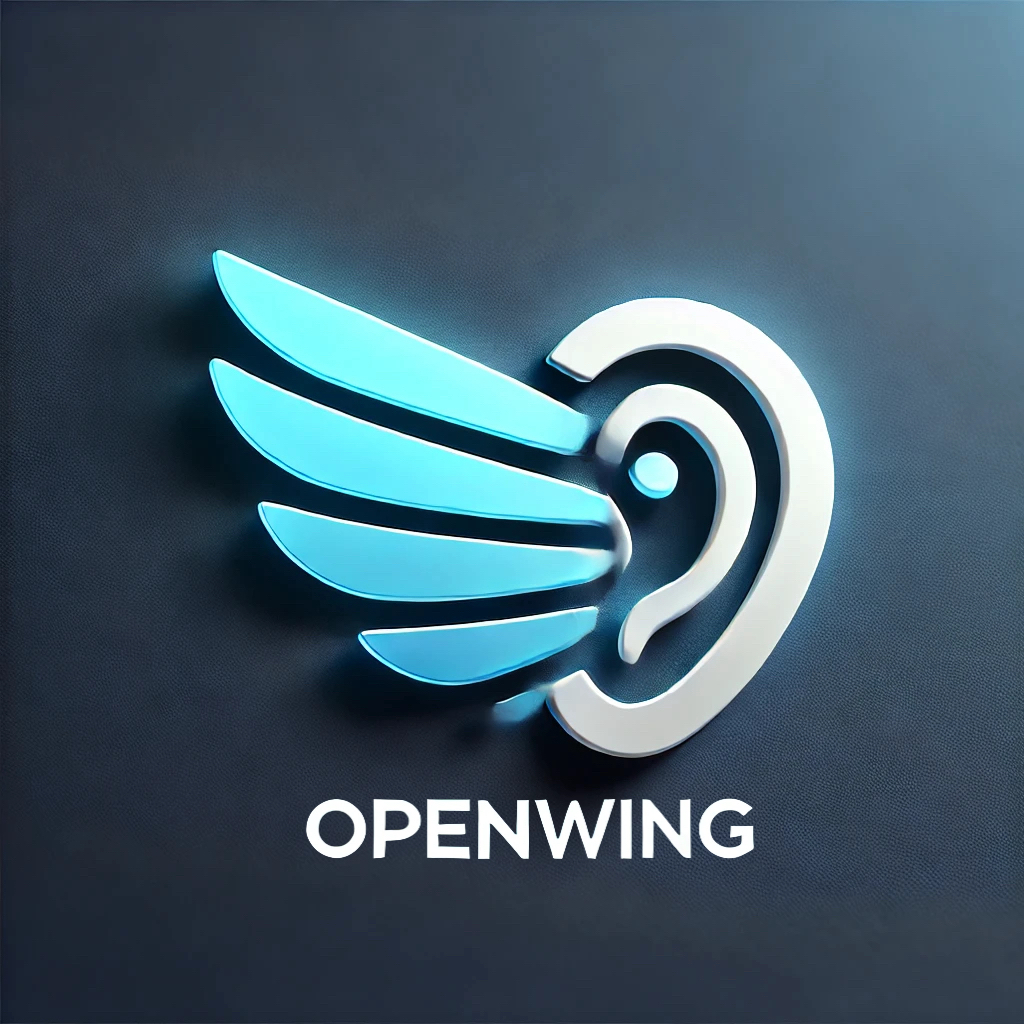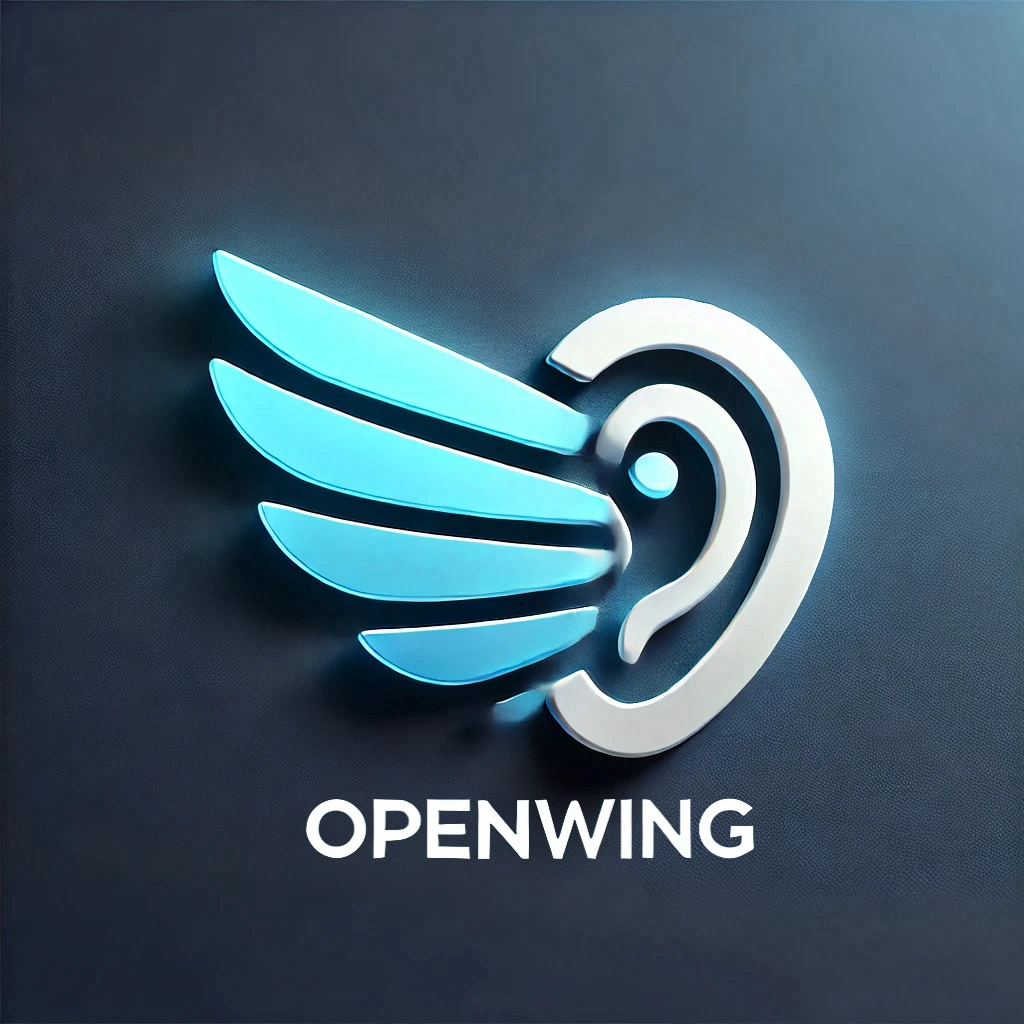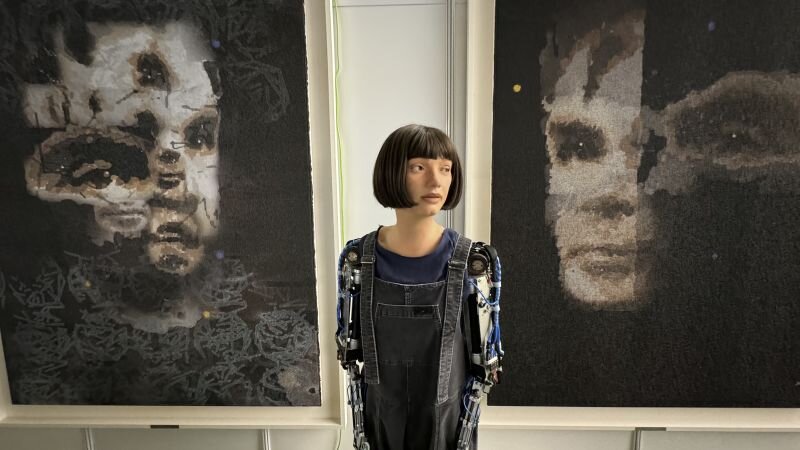A groundbreaking moment in the world of art has unfolded as an AI-generated painting of British computer scientist and codebreaker Alan Turing sold for a staggering $1.08 million at auction. This sale has not only set a record for the most expensive artwork created by a humanoid robot but also ignited fresh debates over the burgeoning role of artificial intelligence in the realm of artistic expression.
Initially estimated between $120,000 and $180,000, the painting captivated bidders, eventually landing with an undisclosed buyer after 27 bids at Sotheby’s auction in New York. Titled “AI God: Portrait of Alan Turing,” the artwork is the brainchild of Ai-Da, a humanoid robot with distinctive black bob hair and robotic arms, designed by British art gallerist Aidan Meller. With the ability to communicate through large language models, Ai-Da stands as a remarkable achievement in the fusion of technology and creativity.
Alan Turing’s contributions to the development of early computers and his role in decrypting German communications during World War II are well-documented. However, his life was marred by a tragic end, as he took his own life in 1954 after being convicted under Victorian-era laws that were homophobic in nature, leading to his chemical castration. Now, eight decades later, Ai-Da’s artistic portrayal of Turing serves as a reflection of both the past and future of artificial intelligence, according to its creator Meller.
In a statement to CNN, Meller emphasized the symbolic significance of Ai-Da’s work, suggesting it acts as a “mirror to where we’re going” in a world increasingly shaped by algorithmic decision-making. The sale is reminiscent of the transformative impact photography had on art, likened by Meller to how AI introduces new dynamics beyond the physical representation captured by a camera.
Not all critics embrace this milestone with the same enthusiasm. Alastair Sooke, chief art critic at The Telegraph, downplayed its cultural significance, comparing it to stories of farm animals displaying artistic skills akin to Picasso. Despite this, the sophisticated craftsmanship behind Ai-Da cannot be disregarded; a collaborative effort involving a Cornwall-based robotics company brought this innovative entity to life in 2019.
Ai-Da’s expressive capabilities raise profound questions about humanity itself, Meller asserted, noting its unsettling existence not as an agent of change, but as a harbinger of technological evolution. The creation process behind “AI God” involved an intricate dialogue about ethics and artificial intelligence, leading to Ai-Da selecting Alan Turing as a subject. Utilizing cameras embedded in its eyes, the robot studied a photograph of Turing and went on to produce 15 unique portraits, each representing a distinct interpretation.
Each painting session spanned six to eight hours, with Ai-Da ultimately selecting three portrayals of Turing’s face and a depiction of Turing’s Bombe Machine, his renowned codebreaking device, as the final composition. Limited by its physical constraints to paint on a smaller canvas, the final image was subsequently enlarged via a 3D textured printer, ensuring that no alterations were made to the original artwork.
As technology advances, so does Ai-Da’s artistry. Continual updates to ensure it remains at the forefront of AI developments have equipped Ai-Da with an ever-increasing level of agency. “The key value of my work is its capacity to serve as a catalyst for dialogue about emerging technologies,” Ai-Da declared in a statement. Its rendition of Alan Turing serves not only as a tribute but also as an exploration into the profound implications AI holds for humanity’s future, mirroring Turing’s own foresight as we edge closer to the precipice of this new technological era.


